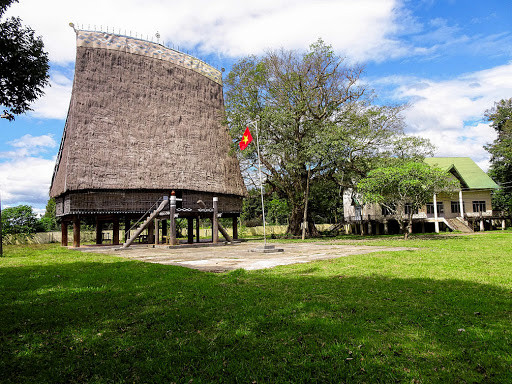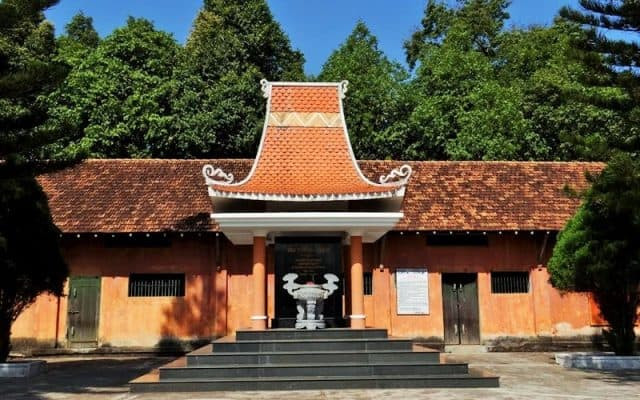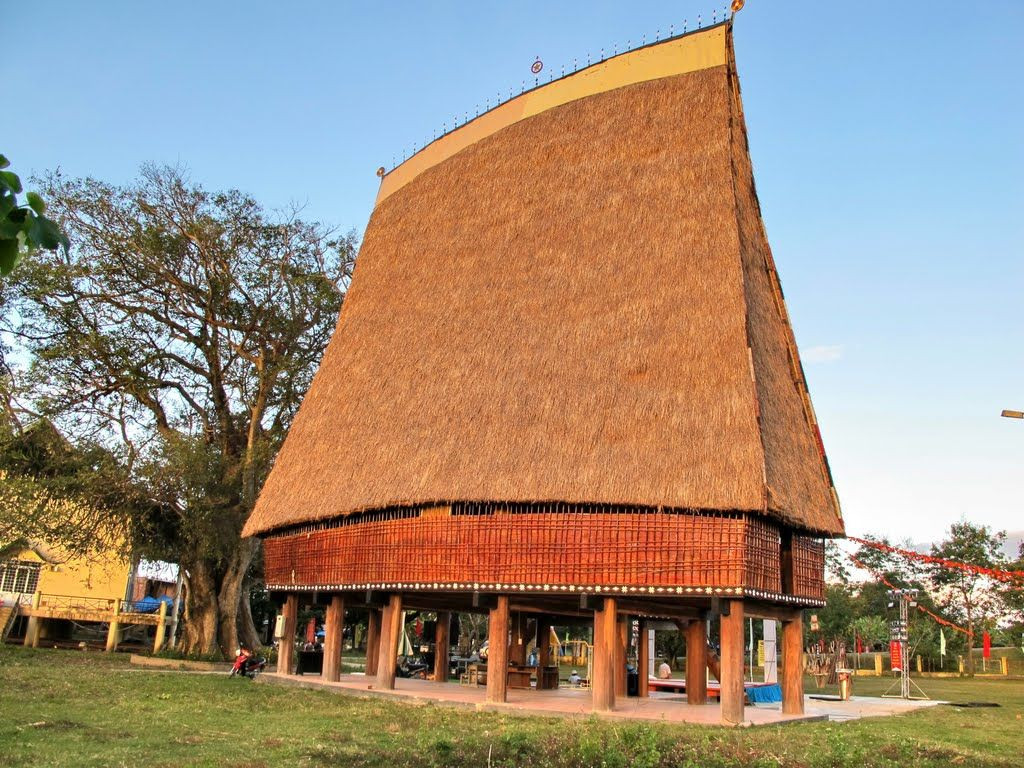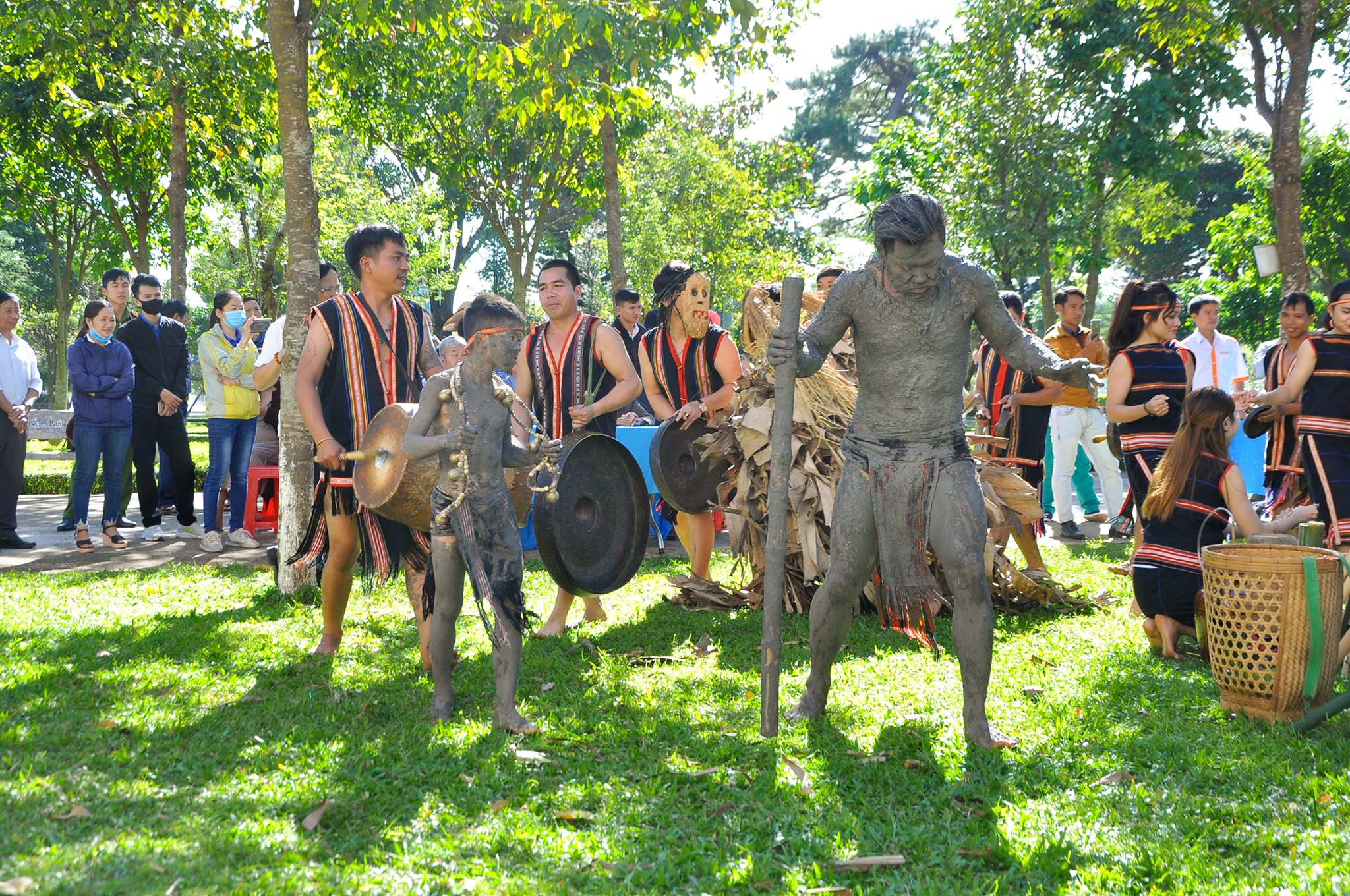Pleiku is the capital of Gia Lai province, which is found in Vietnam's central highlands. It is around 50 kilometers south of Kon Tum and 200 kilometers south of Qut Nhon. Pleiku is situated at the crossroads of Routes 19 and 14, making it an ideal starting place for any Highlands adventure.
The city, surrounded by lush green mountains and enclosed by a ravine, is a melting pot of ethnic minorities, originally inhabited by the Bahnar and Jarai ethnic groups and now home to a sizable Kinh population.
Pleiku was completely destroyed during the Vietnam War and reconstructed in the 1980s. While the city itself lacks the allure of more attractive towns, visitors are rewarded with spectacular views, rich historical monuments, and easy access to nearby cities and minority communities. Be advised that visiting communities in Gia Lai Province requires a government permit, and you may need to hire a travel guide.
Best time to visit
Between November and April is the best time to visit Pleiku. There are fewer odds of rain during these months. Visiting the city during the rainy season, which runs from May to October, is not recommended.
How to get there
Pleiku is served by three Vietnam Airlines flights each week from both Ho Chi Minh City and Danang. The airport is located five kilometers from town and is easily accessible by taxi or xe om, as well as several buses that travel to and from the city. One of the nicest-looking bus terminals is Pleiku's Ben Xe Duc Long Gia Lai, which is roughly 2.5 kilometers southeast of town.
Pleiku's attractions:
- T’Nung Lake (Sea Lake): T'Nung Lake, commonly known as Sea Lake, is not only a popular tourist site but also a source of inspiration for singers. The renowned Vietnamese ballad "Pleiku's Eyes," in which the poet compares the lake to the eyes of a young lovely girl, praises the lake. The lake is actually an extinct volcano's oval-shaped crater. The lake's turquoise and transparent water earned it the moniker "Pleiku's Eyes."
- Climb Ham Rong Mountain (Dragon’s Jaw): The Dragon's Jaw Mount, also known as Ham Rong, is approximately 11 kilometers south of Pleiku, making it an ideal day trip from Gia Lai's city. The air on the mountaintop is so wonderful, with white clouds packed, at an altitude of almost 1000m above sea level. You may enjoy panoramic views of the city below from there. From October through November, the path going up to the mountaintop is covered in Da Quy flower blooms, making it a stunning sight to see and a great site for photography.
- Minh Thanh Pagoda: Minh Thanh Pagoda, which was established in 1964, is recognized for its magnificent Taiwanese architecture, which is uncommon in Vietnam. The interior of the pagoda is well-organized, and there are many lovely spots for you to photograph.
- Kon Ka Kinh National Park: Adventurers who enjoy gorgeous landscapes and diverse fauna will love Kon Ka Kinh National Park. Since 2003, Kon Ka Kinh has been designated as one of ASEAN Heritage Parks, together with the other three parks in Vietnam - Ba Be, Chu Mom Ray, and Hoang Lien. Kon Ka Kinh peak, at 1748 meters above sea level, is the highest point in the national park. You'll pass through a variety of landscapes on your trip, including twisting rivers, silver waterfalls, and clear streams. The majestic landscape of the Truong Son mountain range will be in front of your eyes when you reach the summit of Kon Ka Kinh peak.
- De K’tu Village: De K'Tu Village is home to one of Kon Dong's four traditional Ba Na communities. De K'Tu's Rong House is the village's primary attraction, with its high-gabled roof and traditional Na Na ethnic patterns. Rong houses are communal houses found only in the Central Highlands that bring locals together to celebrate key events.
- Dong Xanh Cultural Village: Dong Xanh is an 8-hectare park that unites all of the Central Highlands provinces together in one location. Rong Houses, tomb houses, and wooden sculptures can be found here and there. Many local flowers and plants are planted in a harmonious manner surrounding the miniature mountains, lotus lakes, fountain, pavilion, and gardens. The iconic T'rung instruments, which are well-known throughout the country and have long been regarded a symbol of the Central Highlands, may be found here.

















